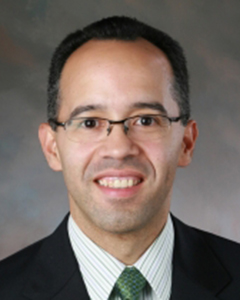In the Future Hepatitis B and C May Be Less of Public Health Problem
As many as six million Americans have chronic hepatitis B and C, two viral infections that affect the liver.
Bu according to a new report from the U.S. National Academies of Sciences, Engineering, and Medicine, there may be a way to eliminate hepatitis B and C as a public health problem.
Hepatitis B and C: What You Should Know
As many as 1.4 million Americans have chronic hepatitis B, which is spread through contact with the blood or bodily fluid of a person who has this infection. The disease can be transmitted through sexual intercourse, sharing needles or other personal items such as a razor or toothbrush with an infected person or getting a tattoo or piercing with an unsterilized needle.
As many as 4.7 million people in the U.S. have hepatitis C, which can be transmitted in many of the same ways as hepatitis B. In addition, a mother can pass the infection along to her child during childbirth. Though stomach pain, nausea, fatigue and loss of appetite may occur with hepatitis, many people aren’t even aware they have hepatitis B or C because they may not have symptoms.
Hepatitis usually is treated with antiviral medications — or in severe cases of liver damage — with a liver transplant. However, this new report indicates that new vaccines and medicines could dramatically reduce infection rates in the U.S. The committee that issued the report says stopping the disease in its early stages and reversing the course of the disease once it has advanced is critical to eliminating hepatitis B and C as a public health problem.
“Hepatitis C can be cured in eight to 12 weeks with new, direct-acting antiviral drugs -- which can elicit sustained response in 94 percent to 99 percent of patients, likely reducing the risk of cirrhosis of the liver and liver cancer,” the committee says in the report.
Cost and detection are significant hurdles to stemming hepatitis infection. Though these direct-acting antiviral drugs are very effective, they’re also very expensive, which makes it difficult to treat every patient with hepatitis C. State and local health officials also have trouble identifying hepatitis infections because they may lack the resources for comprehensive viral hepatitis surveillance. The committee says this makes it more difficult to understand the scope of this public health problem and to create strategies to combat it. Another issue is that “viral hepatitis often carries a stigma for infected patients,” the report states. “Shame and fear of a positive test result can keep people away from testing and care, undermining any public health elimination effort.”
The report calls for universal immunization of adults and children with a vaccine, administered in three doses, that provides 95 percent immunity from hepatitis B. There is no vaccine for hepatitis C, so prevention efforts need to focus on reducing the likelihood that someone with the disease will spread it and that an uninfected person will contract hepatitis.
The report is the first of two reports aimed at addressing hepatitis as a public health issue. The U.S. National Academies of Sciences, Engineering, and Medicine plans to issue another report next year focused on how to achieve the goals it already has outlined.
About one million people die every year due to hepatitis infections. Hepatitis B and C also are the leading cause of liver cancer worldwide. This report outlines key approaches we can take to reduce the spread of this disease and possibly save thousands of lives each year. It’s just the first step to combat this public health issue, but it’s a step in the right direction.






